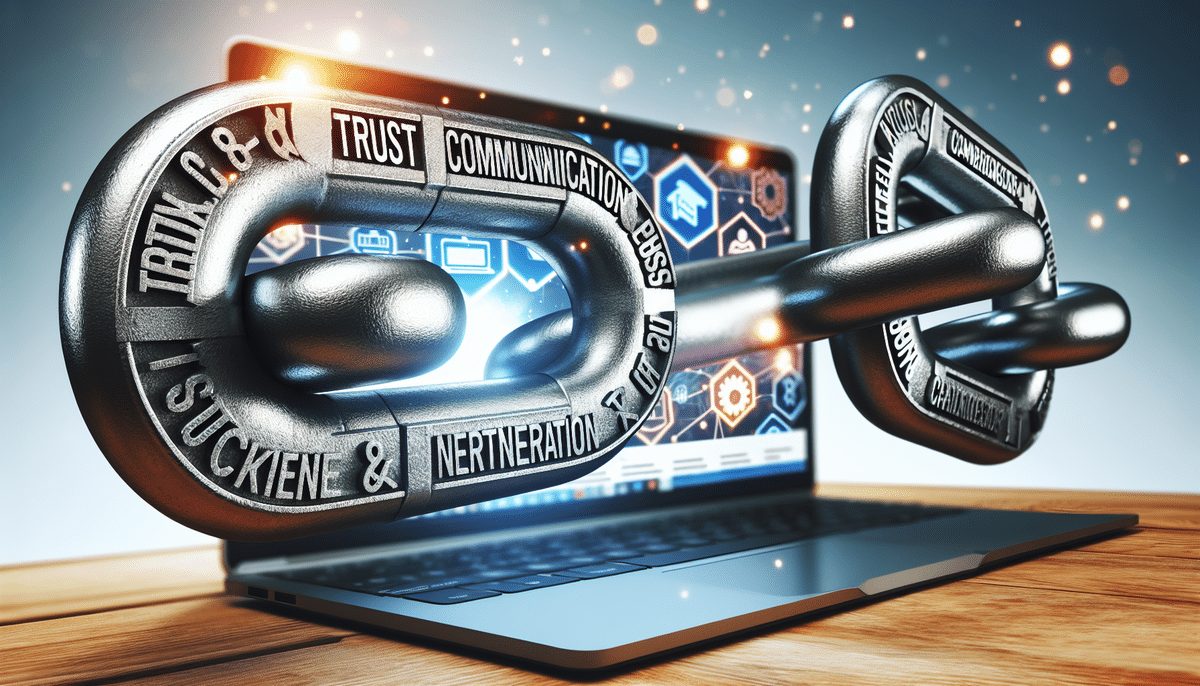7 Effective Strategies to Communicate Delays to Customers
Managing customer expectations during unforeseen delays is a critical aspect of maintaining trust and satisfaction. Effective communication not only mitigates frustration but also reinforces your commitment to excellent service. This article explores seven proven strategies to communicate delays to customers, supported by data and expert insights to help you enhance your customer relationships.
1. Prioritize Transparency in Your Communications
Transparency is paramount when informing customers about delays. According to a Forbes Business Council article, businesses that communicate openly about delays build stronger trust with their customers.
Explain the Reason for the Delay
Clearly outline the cause of the delay, whether it's due to supply chain issues, unexpected demand surges, or technical problems. Providing specific details helps customers understand that the delay is beyond your control and not due to negligence.
Provide an Estimated Resolution Time
Offering a realistic timeframe for when the issue will be resolved sets clear expectations. According to a study by PwC, customers are more forgiving when they know when to expect a resolution.
2. Utilize Multiple Communication Channels
Different customers prefer different communication methods. Utilizing a variety of channels ensures that your message reaches a broader audience effectively.
Email Notifications
Emails are ideal for providing detailed explanations and updates. They offer a written record that customers can refer back to at their convenience.
SMS Alerts
For urgent updates, SMS alerts are highly effective. They guarantee that the message is delivered promptly, ensuring timely awareness of the delay.
Social Media Updates
Platforms like Twitter and Facebook allow you to reach a large audience quickly. Regular updates on social media can keep customers informed in real-time.
3. Adopt Empathetic Communication
Expressing empathy in your communications demonstrates that you understand and care about your customers' frustrations. A Harvard Business Review article highlights that empathetic communication can significantly enhance customer satisfaction during delays.
Acknowledge the Inconvenience
Begin your message by recognizing the impact the delay may have on the customer. Phrases like "We apologize for the inconvenience" show that you value their time and experience.
Offer Solutions or Alternatives
Whenever possible, provide alternatives or compensations, such as discounts on future purchases or expedited shipping once the issue is resolved. This gesture can help mitigate the negative impact of the delay.
4. Implement a Proactive Communication Strategy
Being proactive rather than reactive can prevent customer frustration before it starts. According to McKinsey & Company, proactive communication can lead to higher customer retention rates.
Anticipate Potential Delays
Identify areas in your operations that are prone to delays and establish protocols to address them before they affect customers.
Reach Out Before Customers Inquire
Don't wait for customers to ask about the delay. Initiate the conversation early to show that you are in control of the situation.
5. Leverage Technology for Seamless Communication
Modern communication tools can streamline the process of informing customers about delays.
Automated Notifications
Use automated systems to send timely updates. Tools like Zendesk or Salesforce Service Cloud can help manage and automate customer communications efficiently.
Customer Portals
Provide a self-service portal where customers can check the status of their orders in real-time. This reduces the need for repetitive inquiries and keeps customers informed.
6. Train Your Customer Service Team Effectively
A well-trained customer service team is essential for handling delay communications with professionalism and empathy.
Comprehensive Training Programs
Invest in training programs that equip your team with the necessary skills to manage difficult conversations and provide accurate information during delays.
Access to Information
Ensure your team has access to up-to-date information about order statuses and company policies, enabling them to answer customer queries confidently.
7. Monitor and Evaluate Your Communication Strategy
Continuous improvement of your communication strategy is vital to maintaining effective customer relations.
Gather Customer Feedback
Collect feedback through surveys or direct interactions to understand how your delay communications are perceived and identify areas for improvement.
Analyze Key Metrics
Track metrics such as customer satisfaction scores, the frequency of cancellations due to delays, and the effectiveness of different communication channels. Tools like Google Analytics can provide valuable insights.
Conclusion
Effectively communicating delays is essential for maintaining customer trust and loyalty. By prioritizing transparency, utilizing multiple communication channels, expressing empathy, adopting proactive strategies, leveraging technology, training your team, and continuously monitoring your approach, you can turn potentially negative experiences into opportunities to reinforce your commitment to excellent customer service.
Implementing these strategies ensures that customers remain informed and valued, even when unexpected delays occur, ultimately fostering long-term relationships and positive word-of-mouth for your business.




















